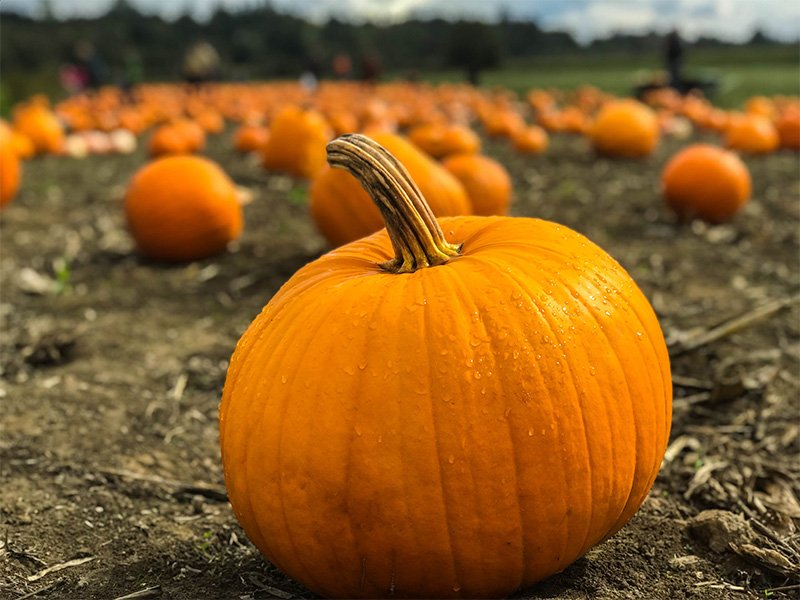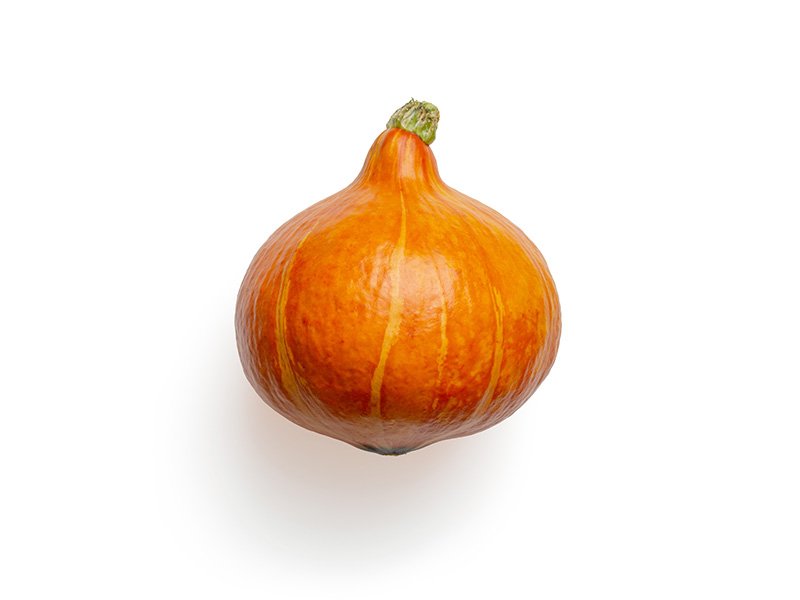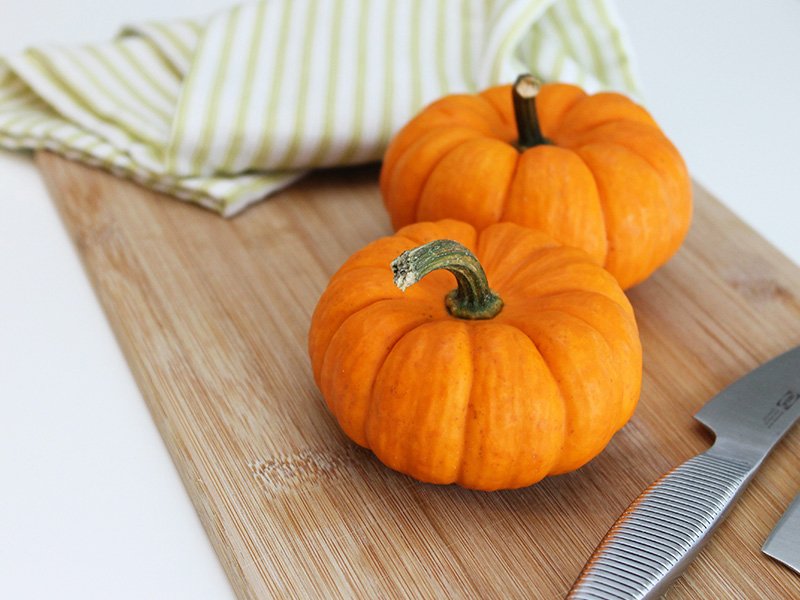Introduction:
As autumn blankets the world in hues of amber and gold, the aroma of pumpkin pie wafts through kitchens, heralding the season of warmth and indulgence. Beyond the irresistible taste, unraveling the nutritional tapestry within this beloved dessert is imperative. In this comprehensive exploration, we dissect the pumpkin pie nutrition facts, delving into the wholesome elements contributing to its delectable charm.

Pumpkin Pie Nutrition Facts Unveiled: A Macro Perspective
At the heart of understanding the nutritional profile of pumpkin pie lies a macro perspective that balances carbohydrates, fats, and proteins. Per serving, a typical slice of pumpkin pie contains approximately 280 calories. The carbohydrate content, derived primarily from the pie crust and pumpkin filling, hovers around 40 grams, providing a moderate energy release. The fats, often from butter in the crust and eggs in the filling, are around 12 grams, and proteins weigh about 5 grams.
The Star Ingredient: Pumpkin’s Nutrient Bounty
The focal point of pumpkin pie is, undoubtedly, the pumpkin itself. Beyond its rich, velvety texture and distinctive flavor, pumpkin brings many nutrients. Laden with beta-carotene, a precursor to vitamin A, pumpkin supports eye health and boosts the immune system. Additionally, pumpkin contributes fiber, aiding digestion and providing a sense of fullness. Thus, pumpkin pie nutrition facts reveal how nutrient-dense it is.
Navigating the Pie Crust: Carbs and Fats in Harmony
The crust of a pumpkin pie is often a blend of flour, butter, and sugar, contributing both carbs and fats to the nutritional equation. While the carbohydrates provide a quick energy source, the fats add lusciousness to the crust. Opting for whole-grain crusts can enhance the fiber content, adding a touch of nutritional depth to this beloved dessert.

Sweetening the Deal: Sugar in Moderation
Pumpkin pie’s sweetness comes from sugar, an element to be enjoyed in moderation. One slice typically contains around 20 grams of sugar. While sugar provides the familiar sweetness we associate with this dessert, it’s essential to be mindful of overall sugar intake, especially for those monitoring their sugar levels or adhering to specific dietary requirements.
Wholesome Additions: Spices, Eggs, and Dairy
Beyond pumpkin, the pie incorporates spices, eggs, and dairy. Cinnamon, nutmeg, and cloves enhance the flavor and bring potential health benefits. These spices are rich in antioxidants and anti-inflammatory compounds. Meanwhile, eggs contribute protein, and dairy, often evaporated milk, adds creaminess and a dose of calcium. A diary and eggs are vital parts of pumpkin pie nutrition facts.
Pumpkin Pie Nutrition Facts in Practice: A Balanced Indulgence
Understanding the nutrition facts of pumpkin pie empowers us to savor this autumnal treat in a balanced manner. While it’s true that pumpkin pie contains sugars and fats, the overall nutrient composition, particularly fiber, vitamins, and antioxidants from pumpkin and spices, renders it a more wholesome indulgence than meets the eye.
Conclusion:
In the symphony of fall flavors, pumpkin pie emerges as a culinary masterpiece, a delightful union of taste and nutrition. By unraveling the pumpkin pie nutrition facts, we gain insights into the balance of macronutrients, the nutrient bounty of pumpkin, and the wholesome contributions of spices, eggs, and dairy. As we relish this seasonal delicacy, let’s appreciate the sweetness on our palate and the nourishment it brings to our bodies. Pumpkin pie, when enjoyed in moderation, becomes a celebration of autumn, a reminder that even amid indulgence, we can savor flavors that contribute to our well-being.


